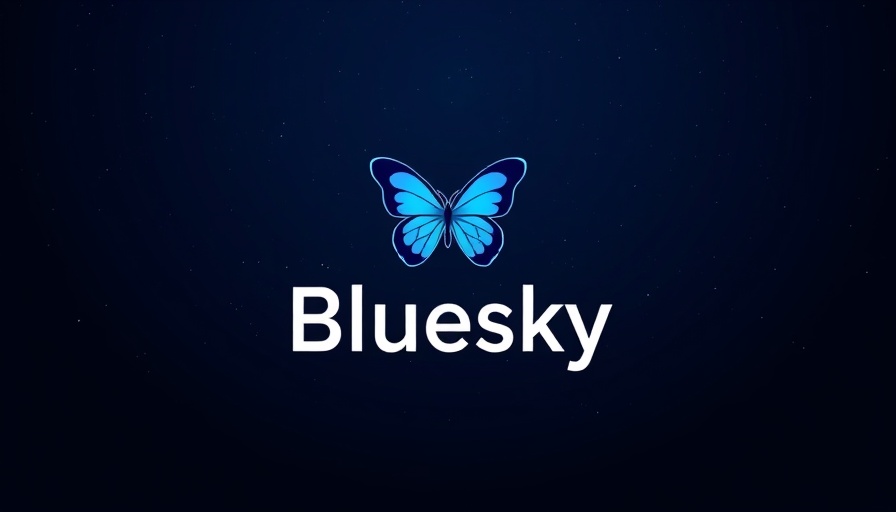
Bluesky Takes a Stand: Blocking Access in Mississippi Amid Controversy
In a bold maneuver highlighting the ongoing debate over privacy and digital rights, social networking newcomer Bluesky has blocked access to its service in Mississippi, refusing to comply with the state’s new stringent age assurance law. The company, which emphasizes a decentralized approach to social media, made the announcement via a blog post, expressing concerns over both the financial feasibility and the ethical implications of the law.
The Controversial Age Assurance Law Explained
Mississippi’s HB 1126, a law that mandates all social networking platforms to enforce age verification for every user, has stirred significant debate. This requirement doesn't merely focus on the protection of minors; instead, it demands comprehensive data collection from all users, raising alarms about privacy and data security. Bluesky noted that meeting these regulations would necessitate an overhaul of its technical infrastructure—a cost burden that would likely threaten the viability of smaller platforms.
Potential Risks and Consequences
Bluesky’s resistance to comply is driven by the hefty penalties associated with noncompliance, amounting to $10,000 per user. Furthermore, the company argues this could stifle innovation across social media platforms, entrenching larger tech companies that possess the resources to absorb such changes.
Technological and Ethical Implications
This controversy reflects a broader trend in tech legislation where lawmakers aim to protect minors but may inadvertently stifle smaller, innovative tech companies. Bluesky emphasizes that unlike larger organizations, they operate with a smaller team and limited resources, which makes compliance with such expansive laws particularly daunting. “Age verification systems require substantial infrastructure and developer time investments,” they stated, underlining how compliance could hinder not just their operations but the tech ecosystem at large.
A Ripple Effect: Users Beyond Mississippi
The fallout from this law isn’t contained within state lines. After the announcement, some Bluesky users outside Mississippi experienced access issues, as cellular carriers routed their traffic through servers located in the state. CTO Paul Frazee reassured users that updates to location detection systems were underway to mitigate this issue.
Comparative Analysis: Bluesky’s Compliance Challenges vs. Other Regions
Bluesky points out that Mississippi's law stands apart from other regions' regulations, such as the U.K.'s Online Safety Act, which targets only specific content and features rather than imposing blanket age verification requirements. By contrasting these laws, Bluesky highlights the potential for overreach in legislation that could endanger smaller companies and users' privacy.
What’s Next for Bluesky and the Tech Landscape?
The implications of Bluesky’s decision echo beyond Mississippi, calling into question how emerging tech platforms will navigate a landscape that increasingly prioritizes regulatory compliance over innovation. As tech companies weigh the risks of compliance costs against the potential penalties, many may reconsider where to operate based on such laws.
Community Dialogues: Engaging Users in Tech Governance
This situation brings forth a vital conversation about user engagement in tech governance. As the technology industry evolves, public input may become essential in shaping legislation that balances safety with innovation. Users must consider how regulations affect their digital experiences and advocate for balanced approaches that protect while allowing for growth.
As possible future legislation unfolds, the watchful eyes of users, industry experts, and advocates alike will contribute to the discourse surrounding digital rights and responsibilities in the tech space.
 Add Row
Add Row  Add
Add 



Write A Comment